By_shalini oraon

_ Delhi’s cloud-seeding attempt and the ensuing political controversy.
—
A Parched Sky: How Delhi’s Failed Cloud-Seeding Experiment Precipitated a Political Storm
In the sweltering, dust-choked heat of a Delhi summer, where the very air seems to crackle with the promise of a relief that rarely comes, the act of rain becomes more than mere meteorology; it is a political currency, a public spectacle, and a test of governmental efficacy. This was the backdrop against which the recent, highly-publicized attempt at cloud-seeding unfolded—an ambitious technological gambit to squeeze rain from a reluctant sky. Its failure was not just a scientific setback but the spark that ignited a familiar and furious political row, revealing the deep fissures in how India’s capital confronts its perennial water crises.
The science behind cloud-seeding, or weather modification, is deceptively simple in theory. It involves introducing external particles, most commonly silver iodide or salts, into clouds to provide a nucleus around which water droplets can coalesce, grow heavy, and eventually fall as precipitation. For a city like Delhi, grappling with a toxic combination of searing temperatures, depleted groundwater, and a strained water supply network, the allure is undeniable. It represents a human triumph over nature, a way to command the heavens to open. The local government, facing immense public pressure and dire headlines about water shortages, positioned the project as a proactive, innovative solution—a testament to its commitment to leaving no stone unturned in the quest for hydration.
However, the atmosphere is not a compliant laboratory. Successful cloud-seeding depends on a precise confluence of factors: the right type of clouds (moist, convective clouds are best), favourable wind patterns, and a specific window of opportunity. As scientists would later explain, the attempt was akin to “trying to plant seeds in barren soil.” The clouds present over Delhi during the operation were insufficiently moisture-laden, the atmospheric conditions too unstable. The aircraft dispatched to seed the clouds flew their sorties, dispersing their payload, but the sky remained a stubborn, hazy blue. The rain did not come.
This scientific failure was, in the hyper-charged political arena of Delhi, merely the prelude. The opposition was quick to pounce, branding the exercise a “costly gimmick” and a “theatre of the absurd” designed to divert attention from the government’s failure to address the root causes of the water crisis. They framed the millions of rupees spent on the project as a colossal waste of public funds, money that could have been invested in fixing the city’s antiquated and leaking water pipelines, rejuvenating local water bodies, or promoting robust water conservation measures.
“The government tried to play God with the clouds,” one opposition leader thundered, “while failing to be competent administrators on the ground. You cannot seed a cloud to fix a broken pipe.” The narrative was clear: the attempt was not innovation, but desperation; not vision, but a lack thereof.
The governing party, cornered, launched a counter-offensive. They defended the attempt as a “courageous effort” and a necessary exploration of cutting-edge technology. They argued that in a crisis, all options must be explored, and that to not try would have been the true failure. The blame was swiftly redirected towards the neighboring states and the central government, accusing them of not providing adequate water shares from common rivers and of obstructing long-term solutions. The failed cloud-seeding mission was reframed as a symbol of their proactive stance in the face of collective indifference from other political entities.
This political blame game is more than just rhetorical point-scoring; it highlights a fundamental and dangerous misallocation of focus. The spectacle of the cloud-seeding failure and the subsequent political row acts as a smokescreen, obscuring the more complex, less glamorous, but ultimately essential work of water management. Delhi’s water problem is not a mystery. It is a story of decades of unplanned urbanisation, the systematic destruction of natural water reservoirs like lakes and ponds, rampant over-extraction of groundwater leading to sinking water tables, and a distribution network so inefficient that nearly half of its water is lost to leaks and theft.
A sustainable solution does not lie in attempting to force rain from an uncooperative sky, but in a multi-pronged, ground-up approach:
1. Reviving Traditional Water Bodies: Delhi was once dotted with lakes and jheels that acted as natural recharge zones. Many have been encroached upon or have dried up. A systematic effort to reclaim and rejuvenate these can significantly bolster groundwater levels.
2. Mandatory Water Harvesting: Despite regulations, the implementation of rainwater harvesting structures remains lax. Enforcing this aggressively across all residential and commercial buildings could create a decentralized, sustainable water source.
3. Fixing the Distribution System: The most immediate and impactful intervention would be a comprehensive, city-wide audit and repair of the water supply network. Plugging the leaks would instantly make more water available to millions without a single new drop needing to be sourced.
4. Stricter Regulation and Reuse: Industries and agriculture are massive consumers of water. Promoting water-efficient technologies and mandating the treatment and reuse of wastewater for non-potable purposes can dramatically reduce the demand on fresh water.
The failed cloud-seeding experiment serves as a potent metaphor for a superficial approach to a deep-seated problem. It represents a search for a silver bullet—a single, dramatic intervention that can provide an easy way out. But environmental crises are not solved by silver bullets; they are solved by the unglamorous, persistent, and collaborative work of governance: planning, investment, regulation, and public participation.
As the political dust settles and the Delhi sky remains obstinately dry, the real lesson is clear. The water crisis will not be solved by seeding clouds, but by seeding change—by planting the seeds of policy reform, infrastructural integrity, and collective responsibility. Until the political energy expended on public rows is channeled into this difficult, ground-level work, the city will remain at the mercy of the next failed experiment, forever waiting for a rain that may never come.
Discover more from AMERICA NEWS WORLD
Subscribe to get the latest posts sent to your email.



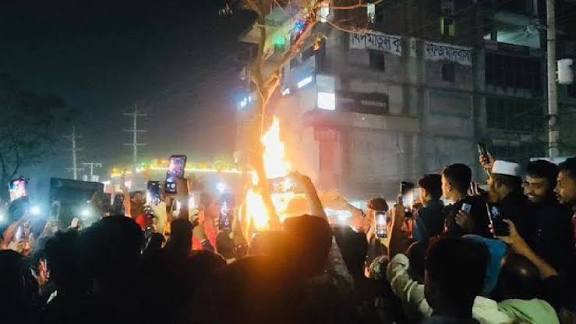
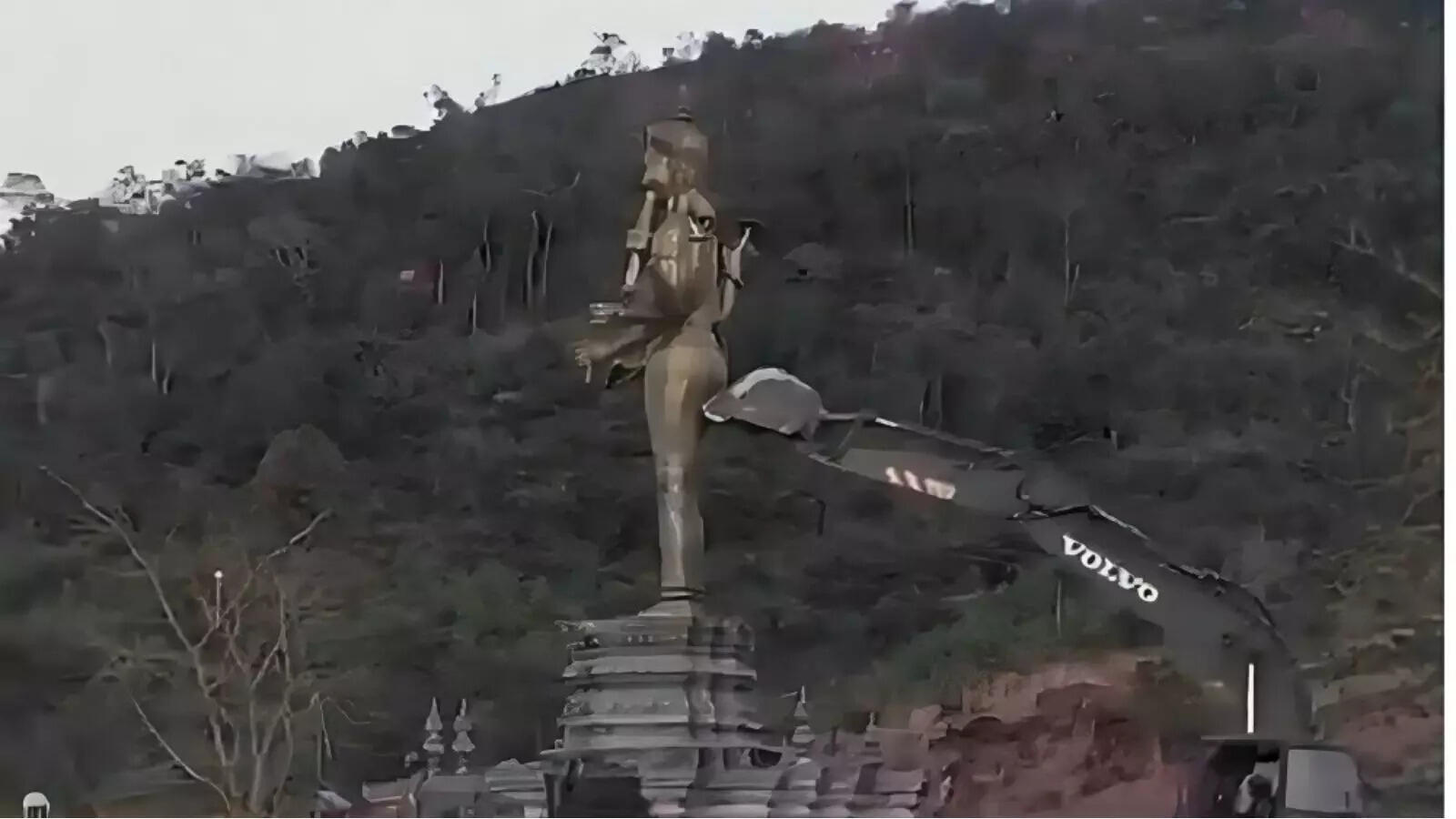
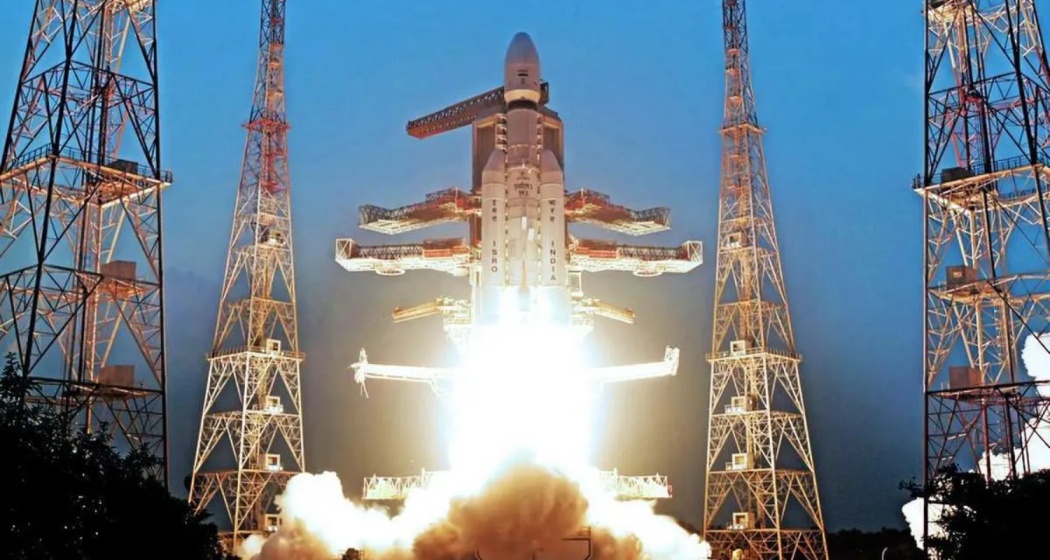
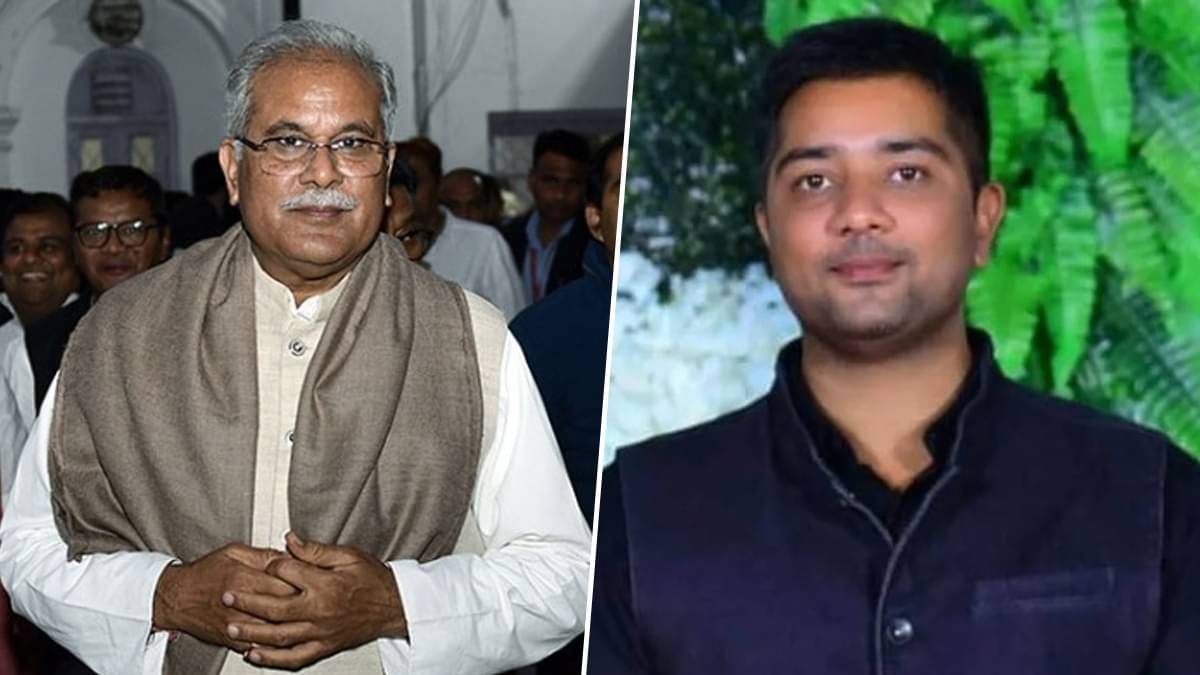
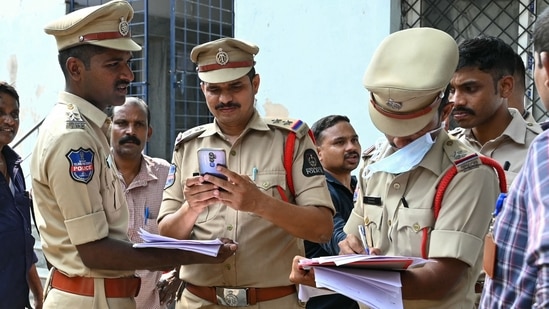
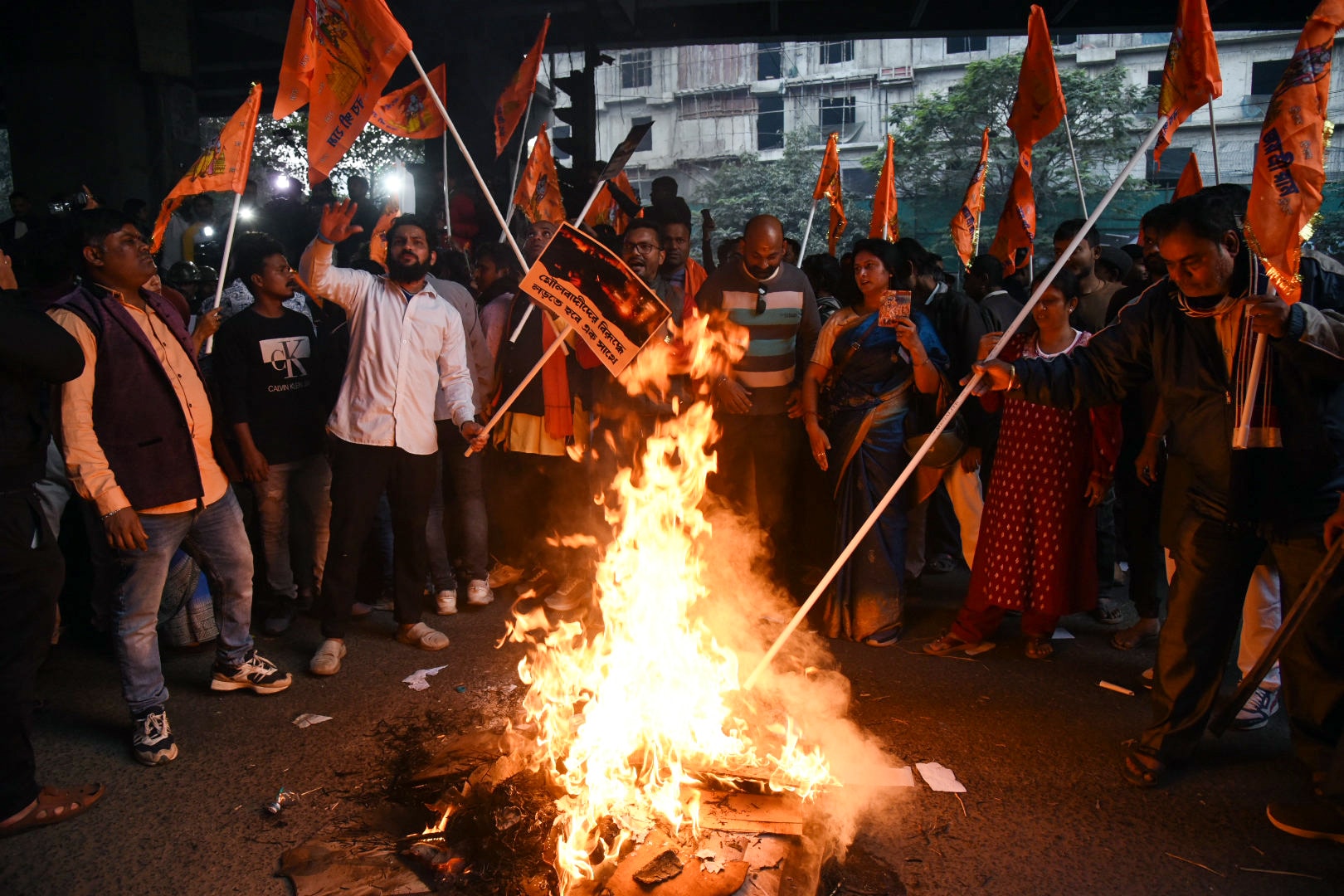


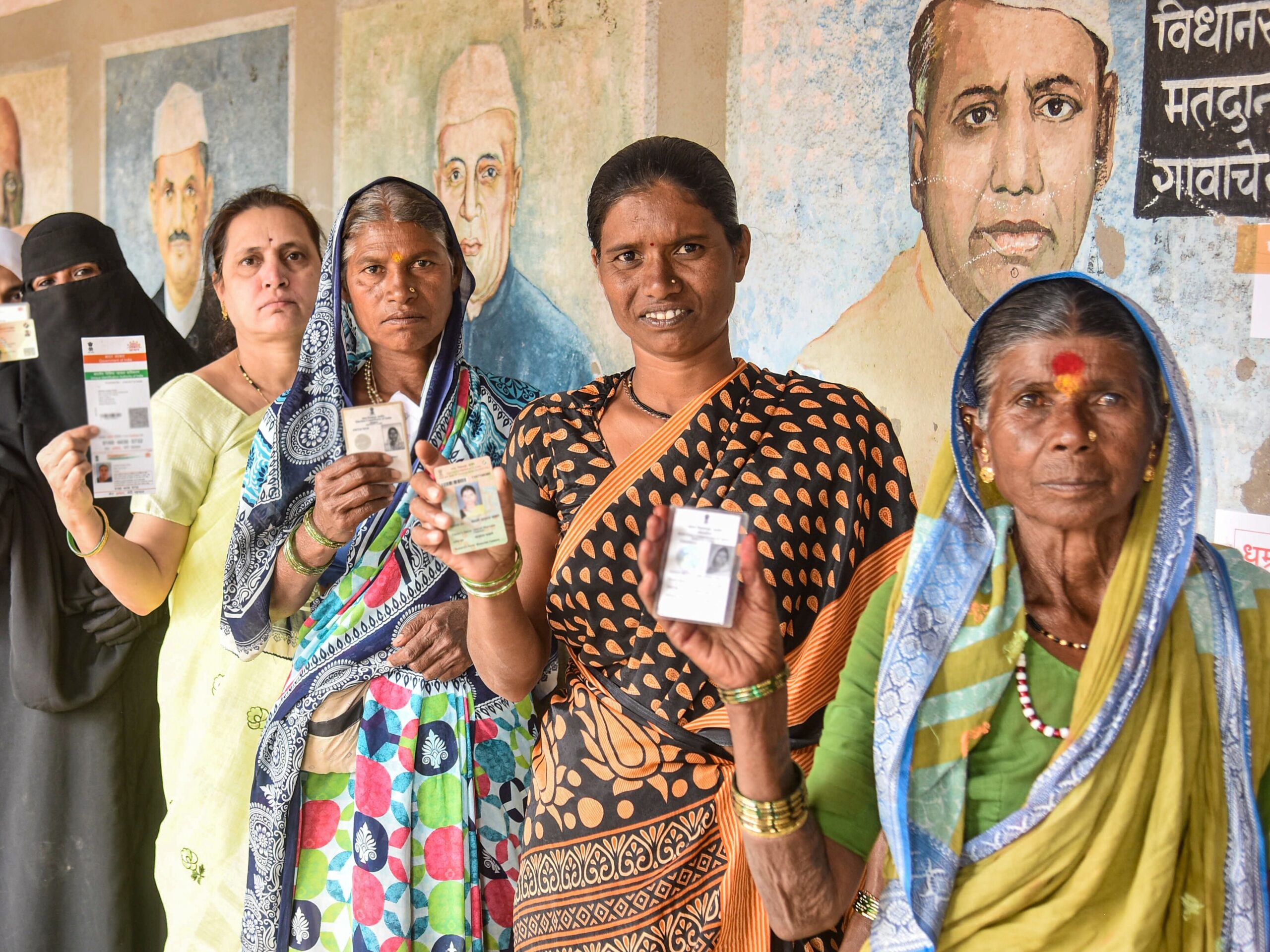

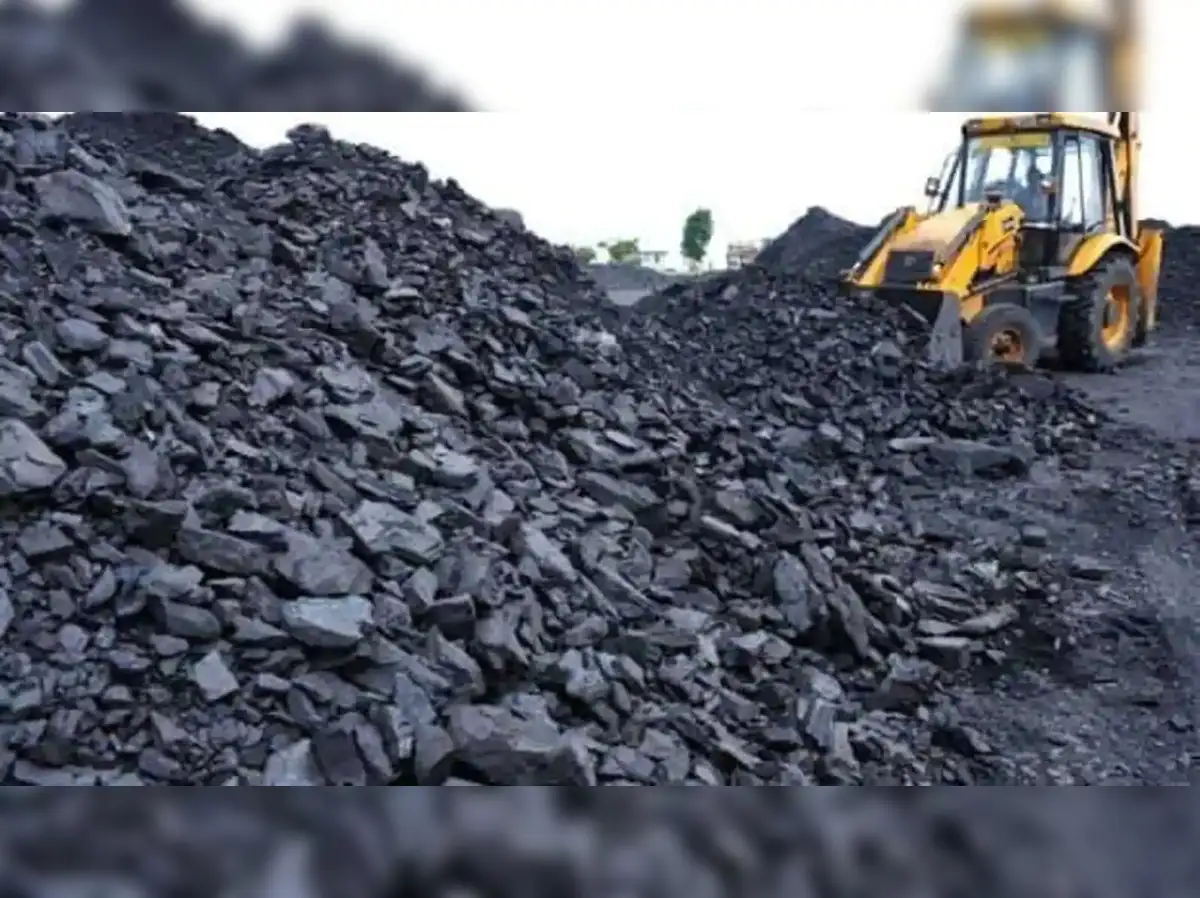
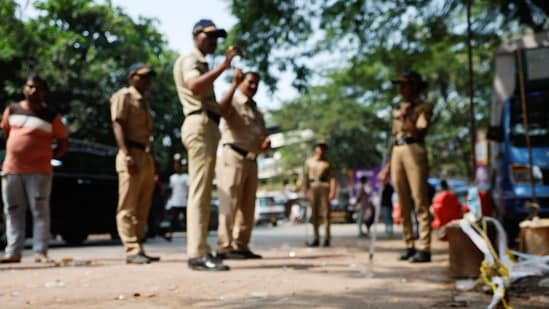
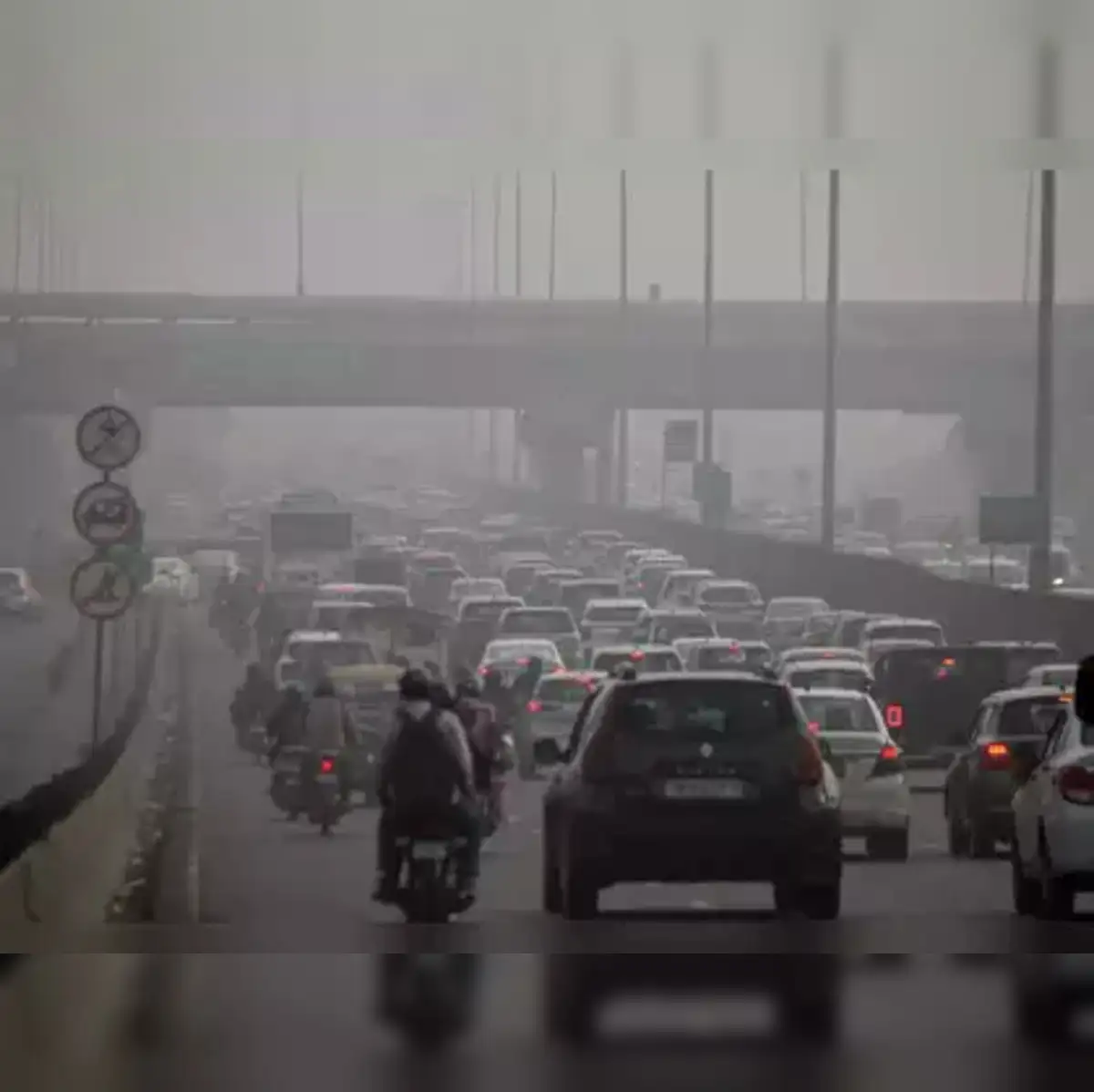
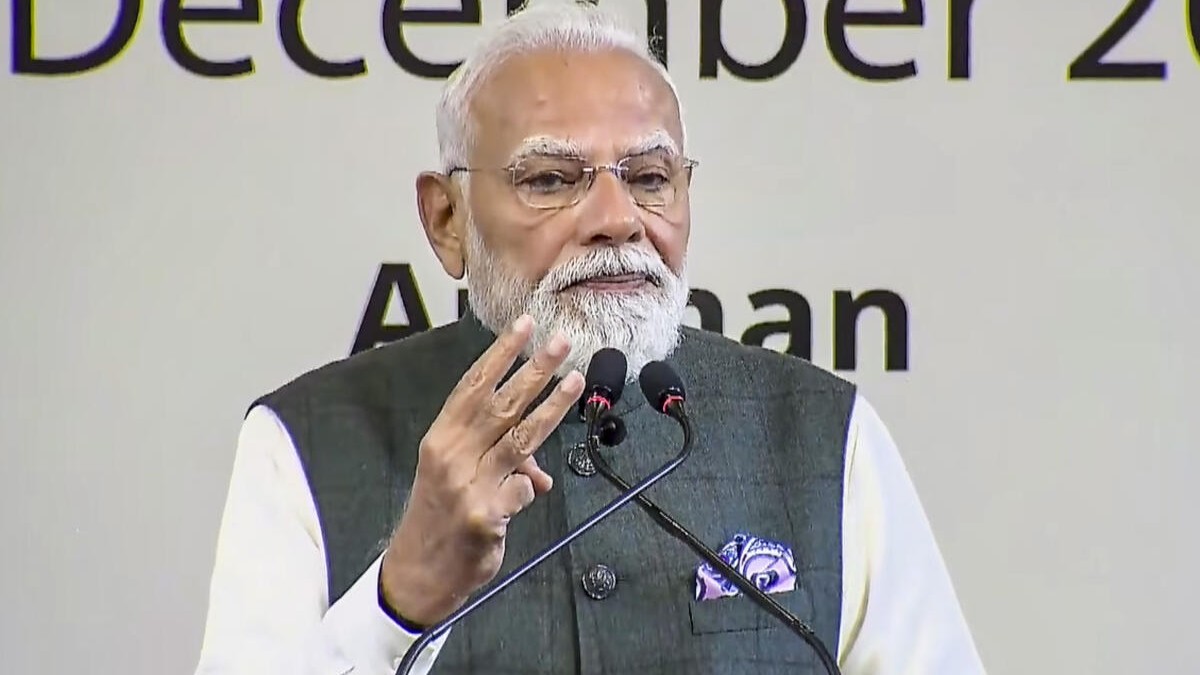

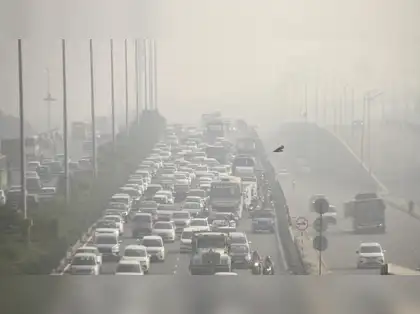

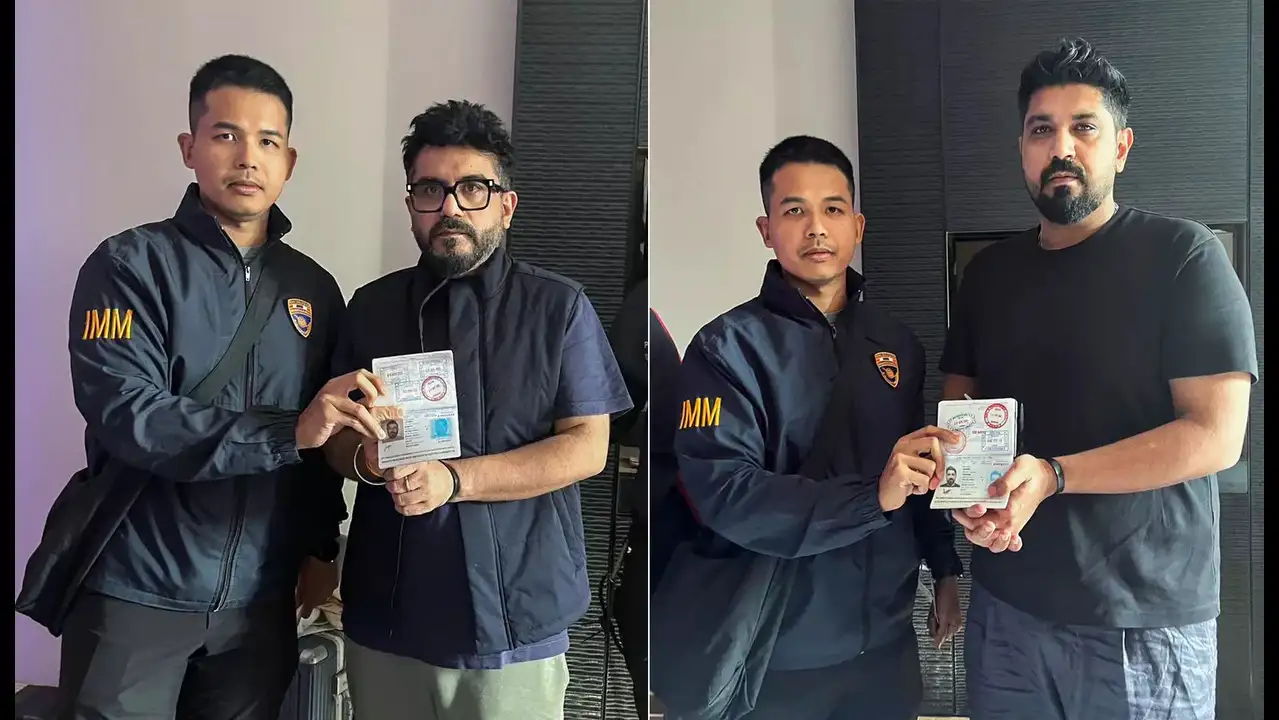




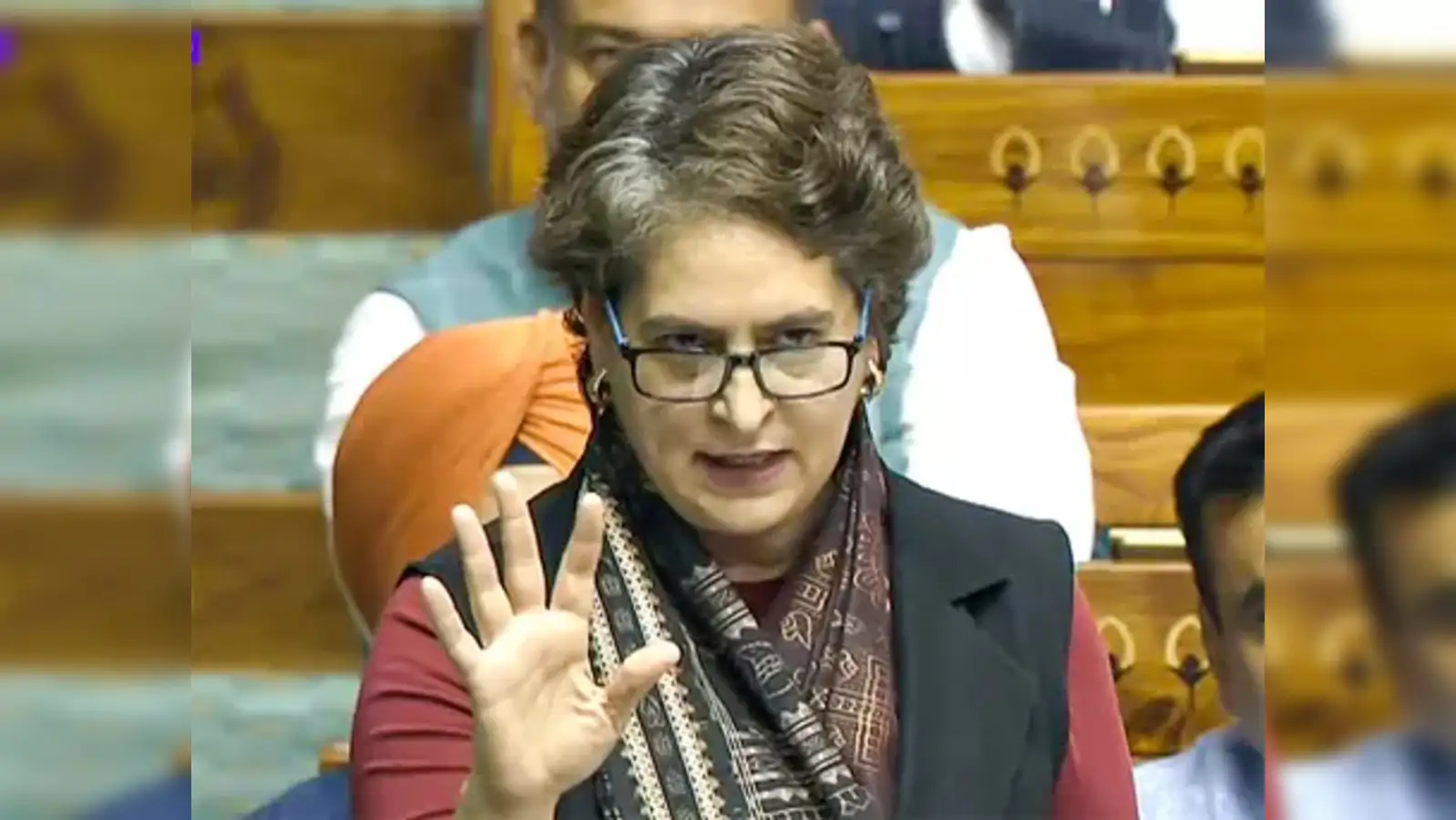
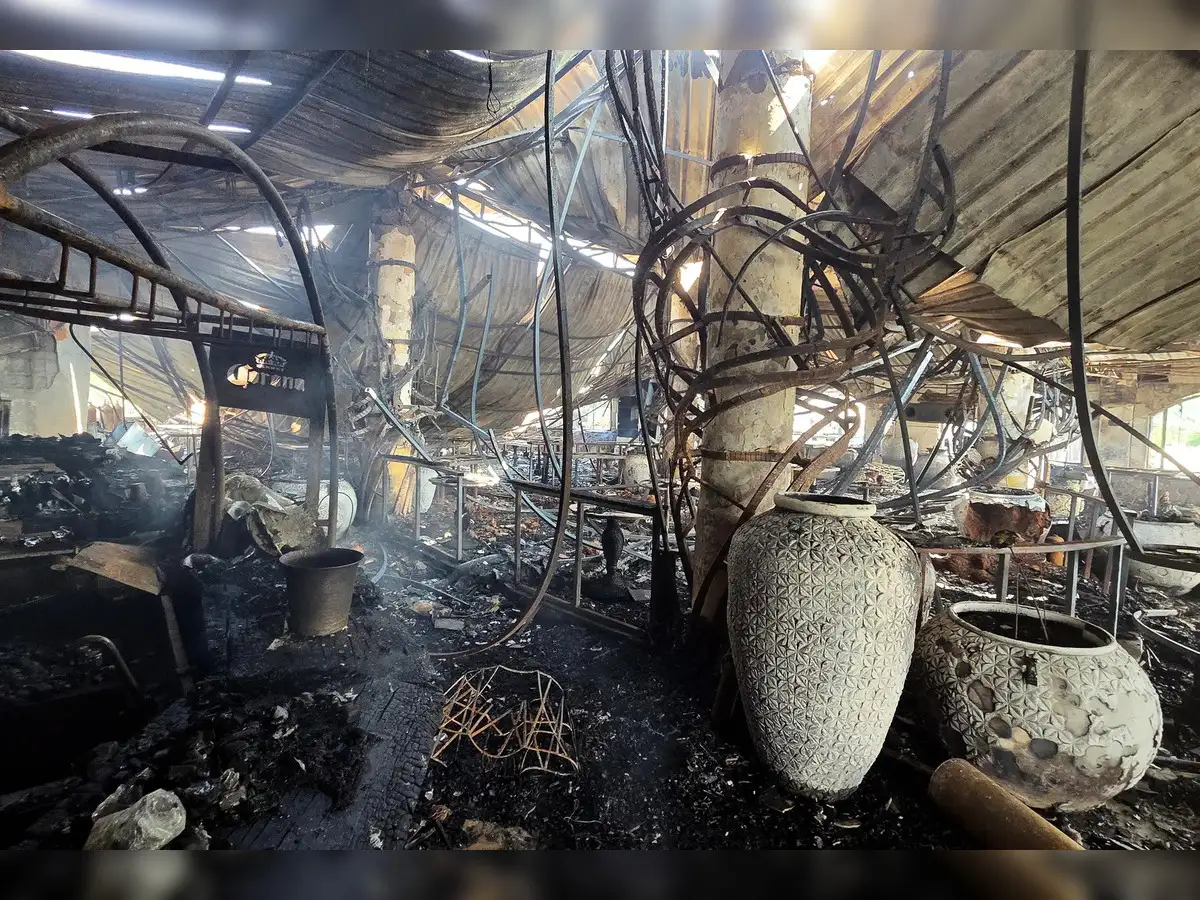
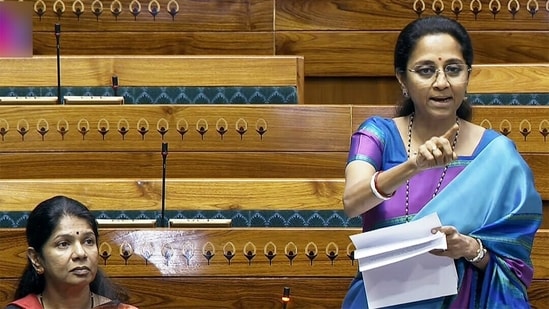


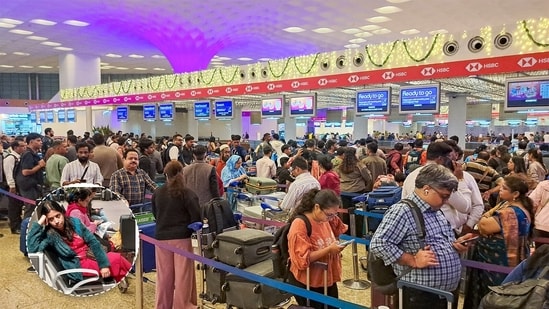
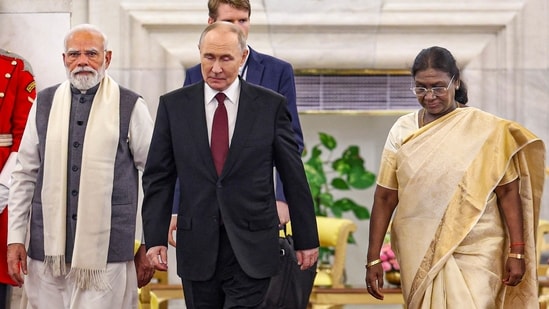
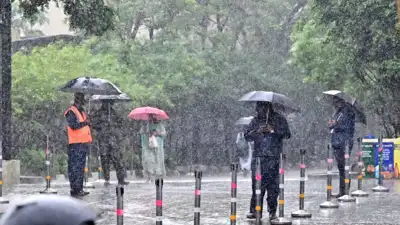
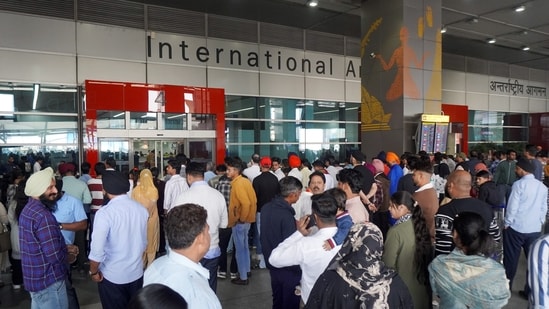

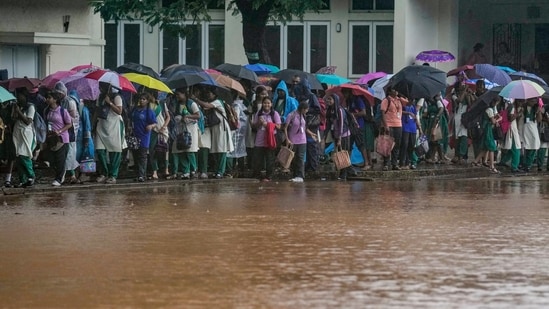
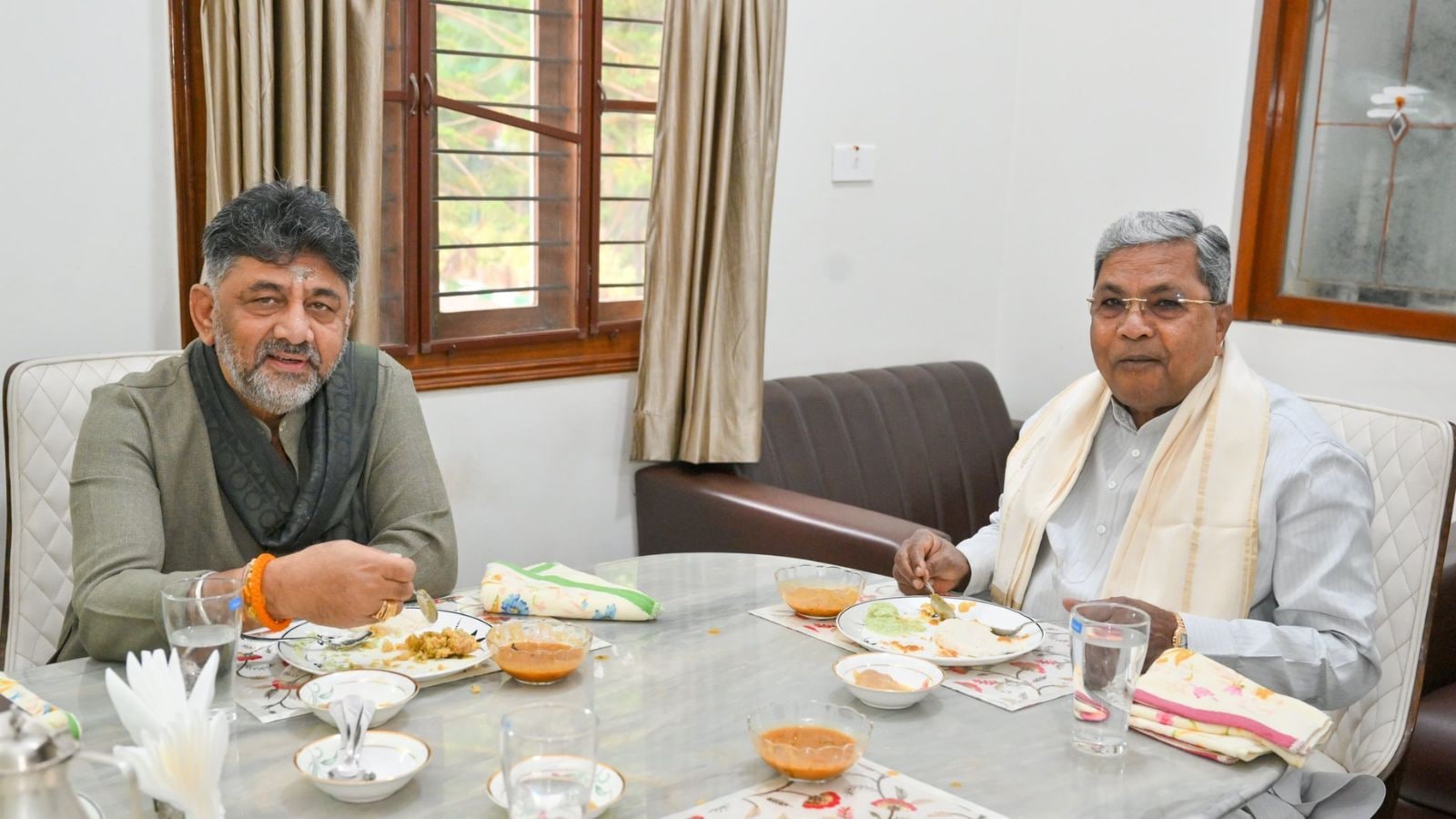
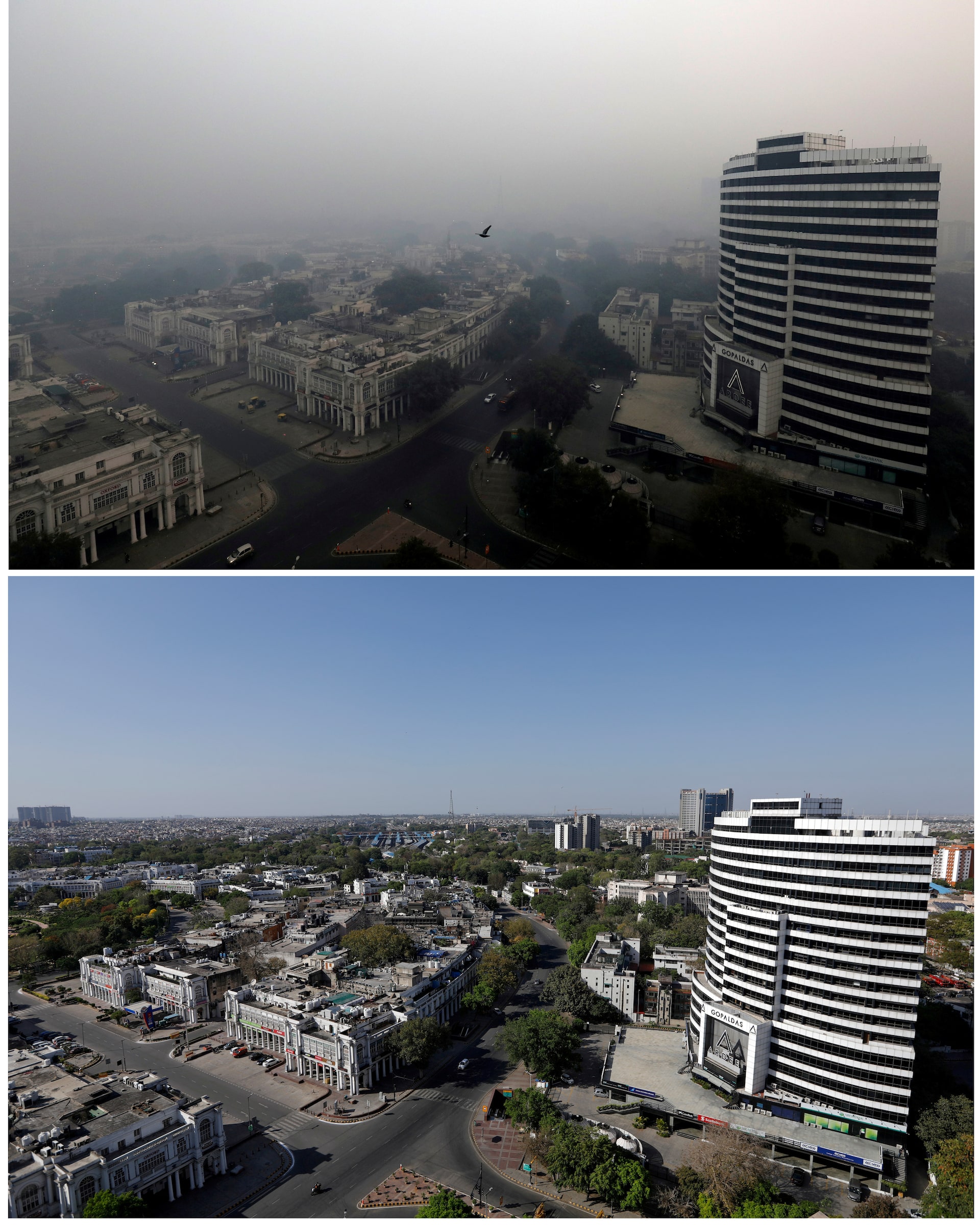


Leave a Reply